Perfectly light, fluffy, long individual grain Basmati rice can enhance the taste of any meal. This recipe will become your new go-to for everyday dining indulgence.
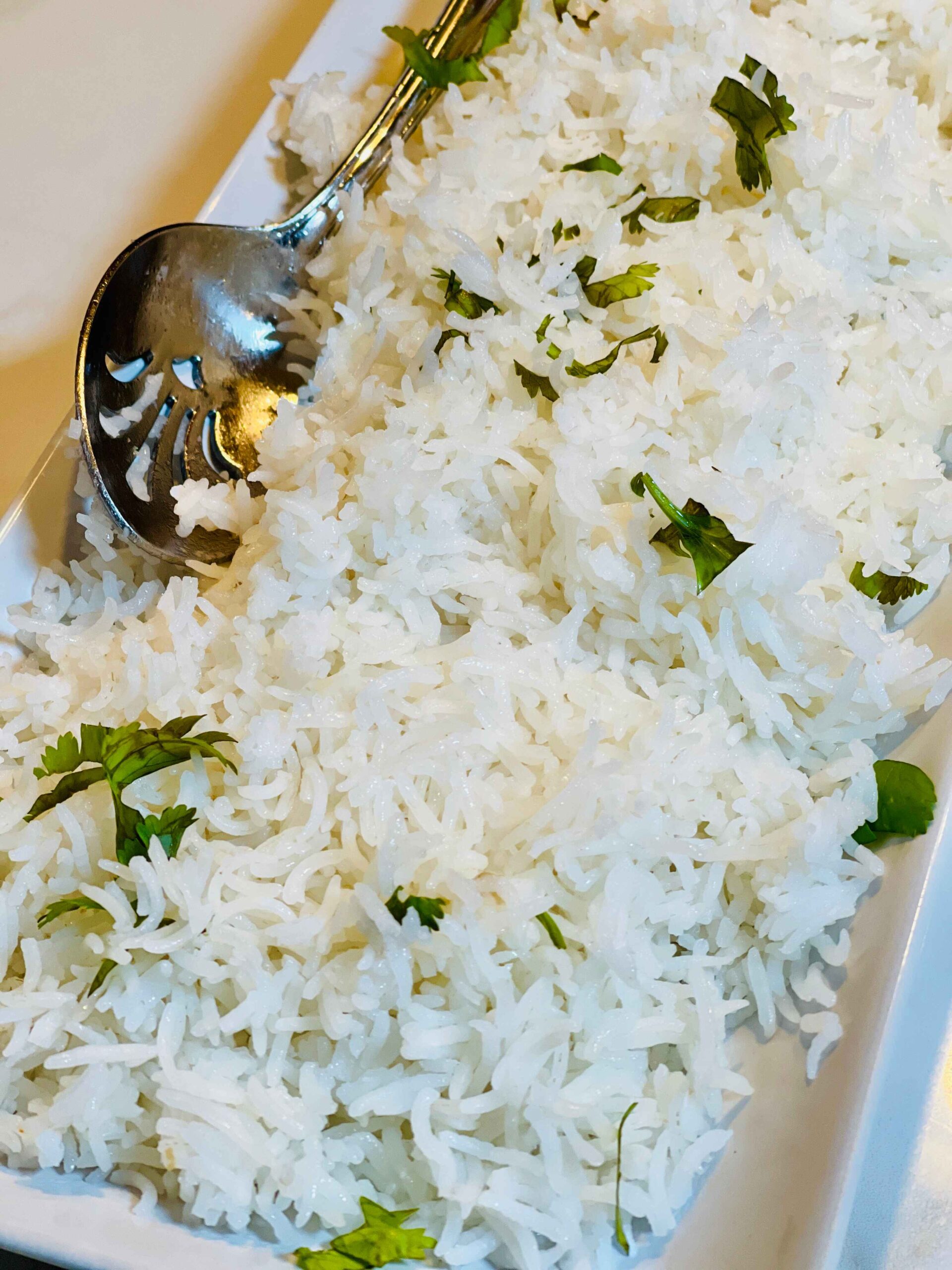
My preferred Basmati rice brands are Royal and Zebra basmati, but you may find other options in your grocery store. My favorite way to enjoy this fluffy rice with Chukandar Gosht , Cholay Curry, and Bagara Baingan
What Is Basmati Rice
Basmati rice is a long-grain rice with a nutty, floral flavor and aroma, and it originated in Pakistan, India, Sri Lanka, and Nepal. Furthermore, the term “basmati” is derived from the Hindi word “fragrant”.
It has a light, fluffy consistency, and distinct flavors and aromas; thus, it is widely regarded as one of the best rice varieties and is extensively used in South Asian and Middle Eastern cuisines.
It is traditionally used in Pakistani and other South Asian cuisines, such as Biryani, Pulao, and pilaf recipes. It also goes well with all types of Dal (lentils) and can be served as a side dish to Kababs. and Curry.
Avoid 3 Biggest Mistake When Cooking Fluffy Basmati Rice
- Soak The Rice: Soaking the rice is necessary for achieving light and fluffy rice. Adjusting the rice soaking duration according to the specific type of rice being used is imperative. Here is a tip: Soak the rice until the grains change from clear to white.
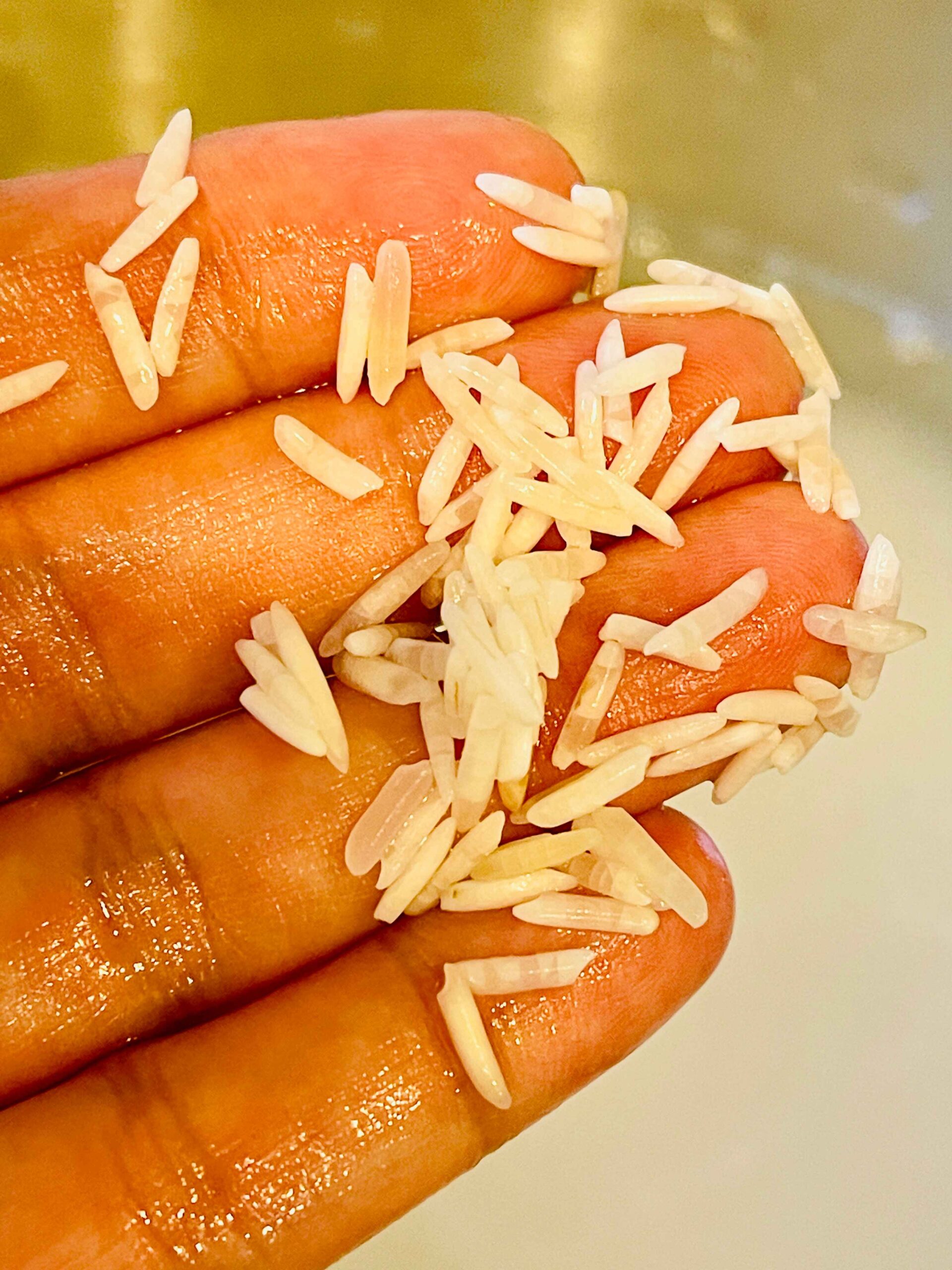
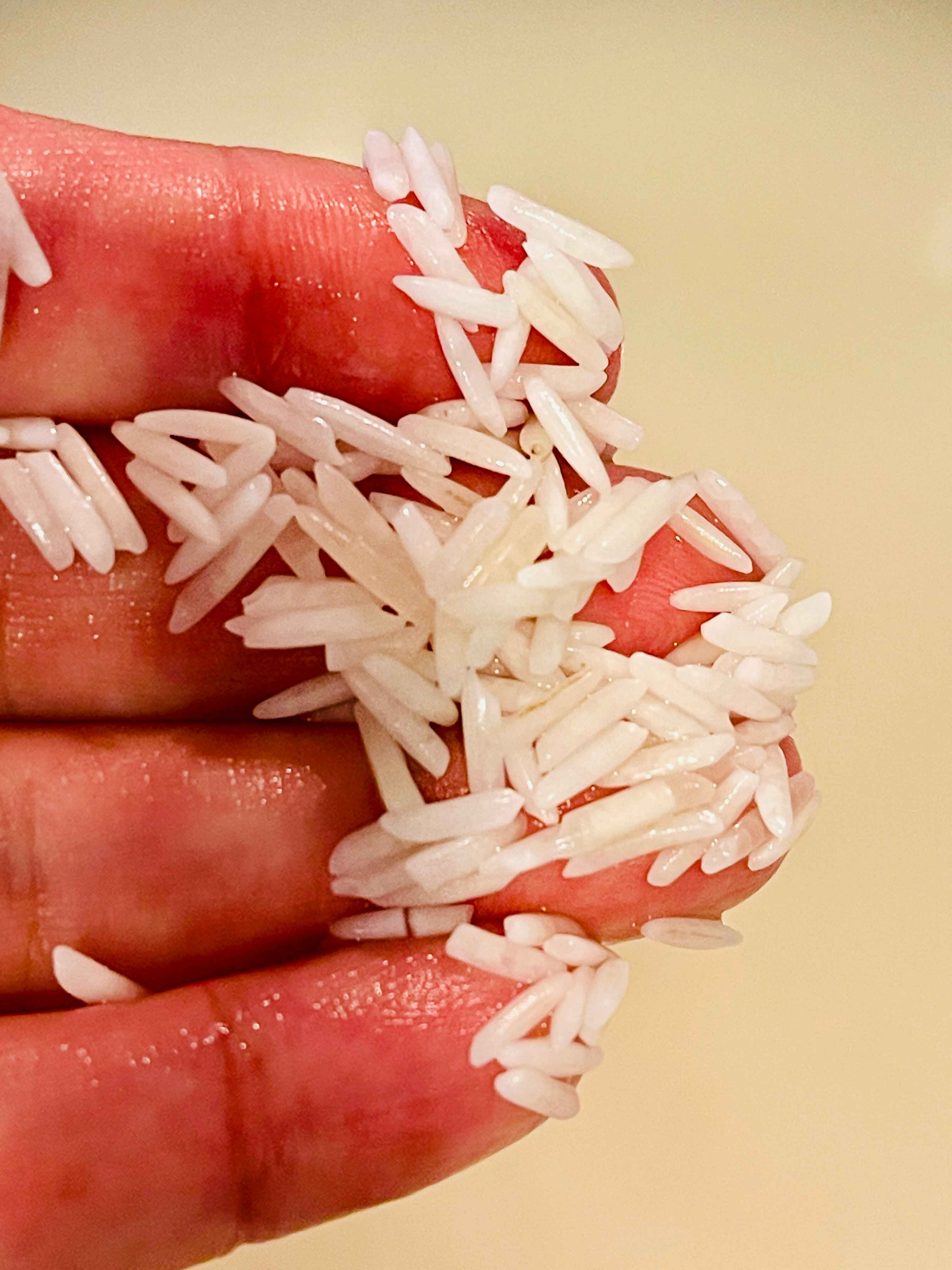
- The proper rice-to-water ratio: It is important to maintain the correct water-to-rice ratio to achieve perfectly cooked rice. Adding too much water results in mushy rice, while adding too little leads to hard and undercooked rice.
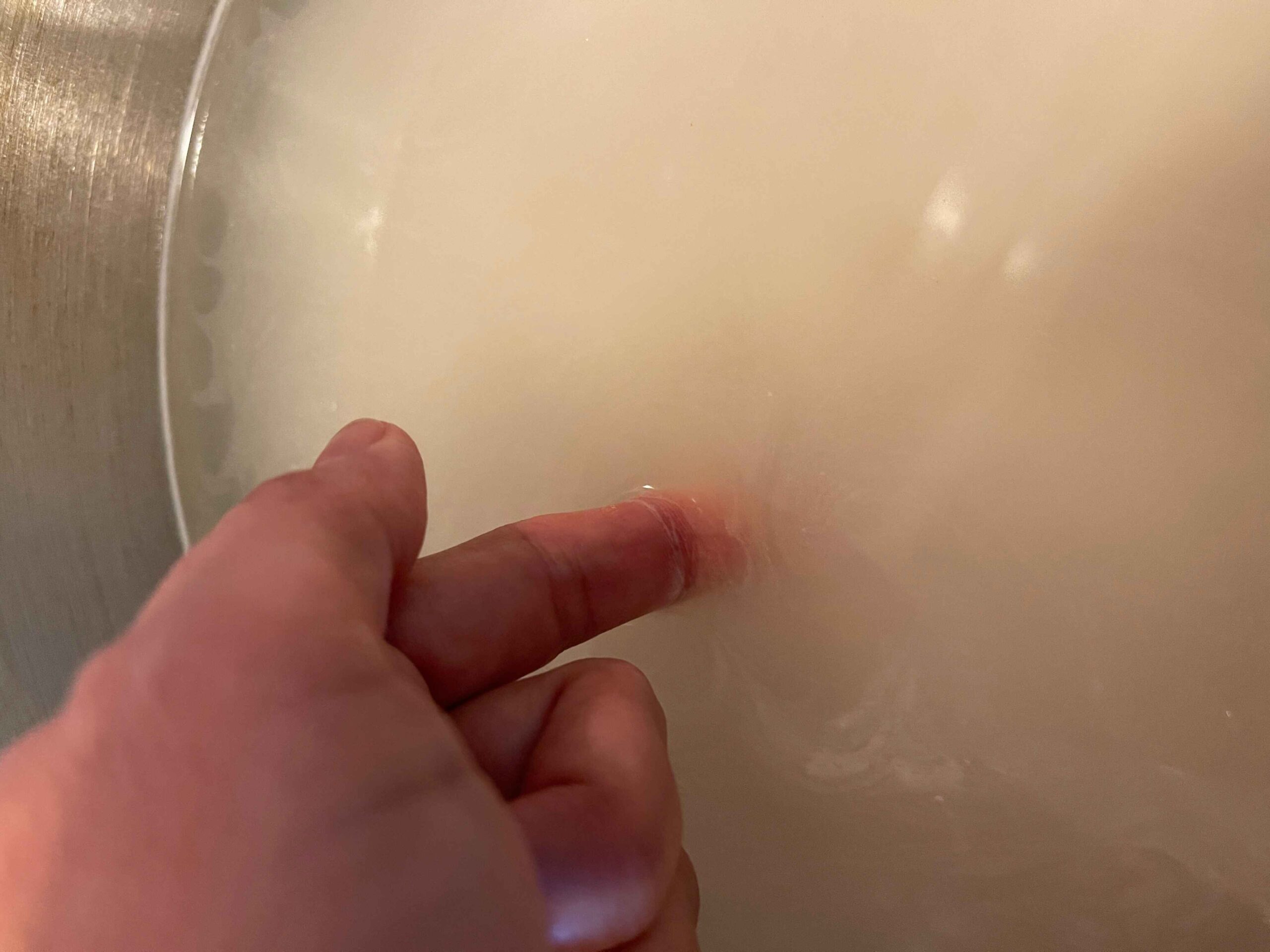
- Adding the Fats: Avoiding the fat content in rice makes the result dry and mushy. Oil or butter helps keep rice fluffy and adds aroma and flavor to your basmati rice.
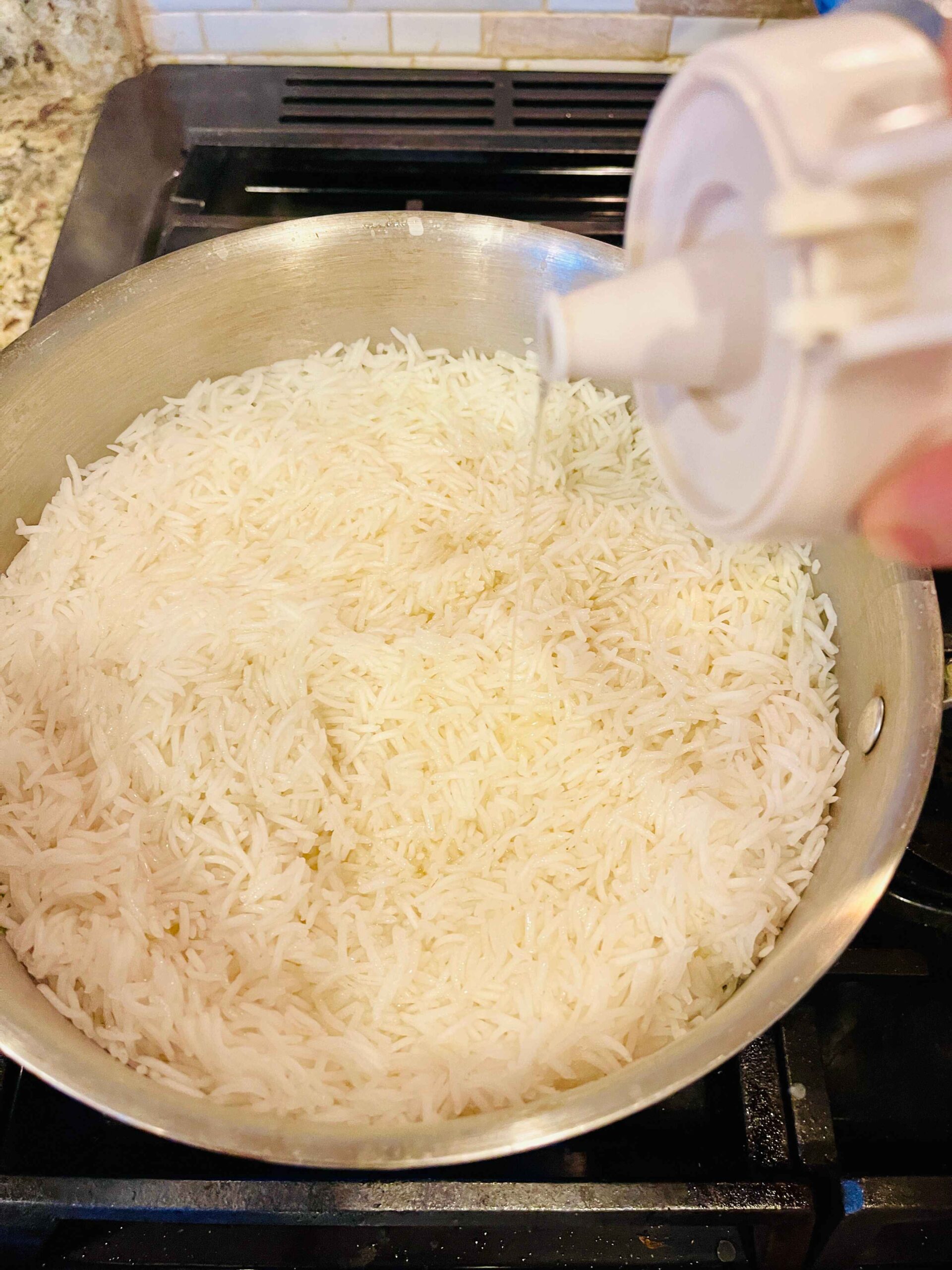
Pro Tips To Cook Basmati Rice
- Using the proper pot: I cannot emphasize enough how important the size and weight of the pot are when cooking rice. I see a lot of people who follow all of the protocols, but their rice always gets mushy because they do not use the right pot. Never cook rice in a small saucepan. The key is to use a pan with a heavy bottom and a wide enough pan so that the rice has enough space to become fluffy. The heavy bottom will prevent the rice from sticking to the bottom.
- Bring to a boil without a lid: Another important step is not to cover the pan. Covering the pan can cause the water to boil and spill out, disrupting the water-to-rice ratio. Cook the rice uncovered on medium-high heat
- A heavy and snug-fitting lid: A loose or lightweight lid allows steam to escape, resulting in half-cooked and flatter rice. TIP: Cover the lid with cloth or foil paper, and when cooking a big batch in the large, oversized pot, it’s advisable to place any weight on top of the lid.
- Set the Flame for Steam: For the first 2 to 3 minutes (depending on the quantity), keep the flame high; once the stem begins to produce, reduce the flame to medium-low.
- DO NOT PEEK: While it is on the stove; this causes steam to escape, resulting in uneven cooking.
- Give it some rest: It requires 10 minutes of rest. The grains absorb the liquid during this resting period.
Here are some additional rice recipes that you might find interesting.
I Love Seeing Your Reviews
If you have given this recipe a try or any other recipe from MasalaSecret.com, please do not hesitate to leave a comment below. Your feedback will assist others who are considering making the recipe. I am eager to hear about your personal experience while preparing it, and if you took any pictures, feel free to share them on Instagram. Don’t forget to tag us @masalasecret or on Facebook, so we can repost them on our stories.

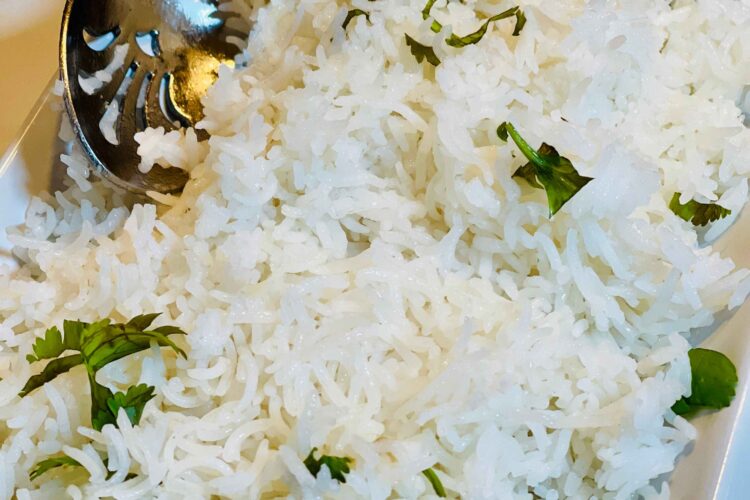
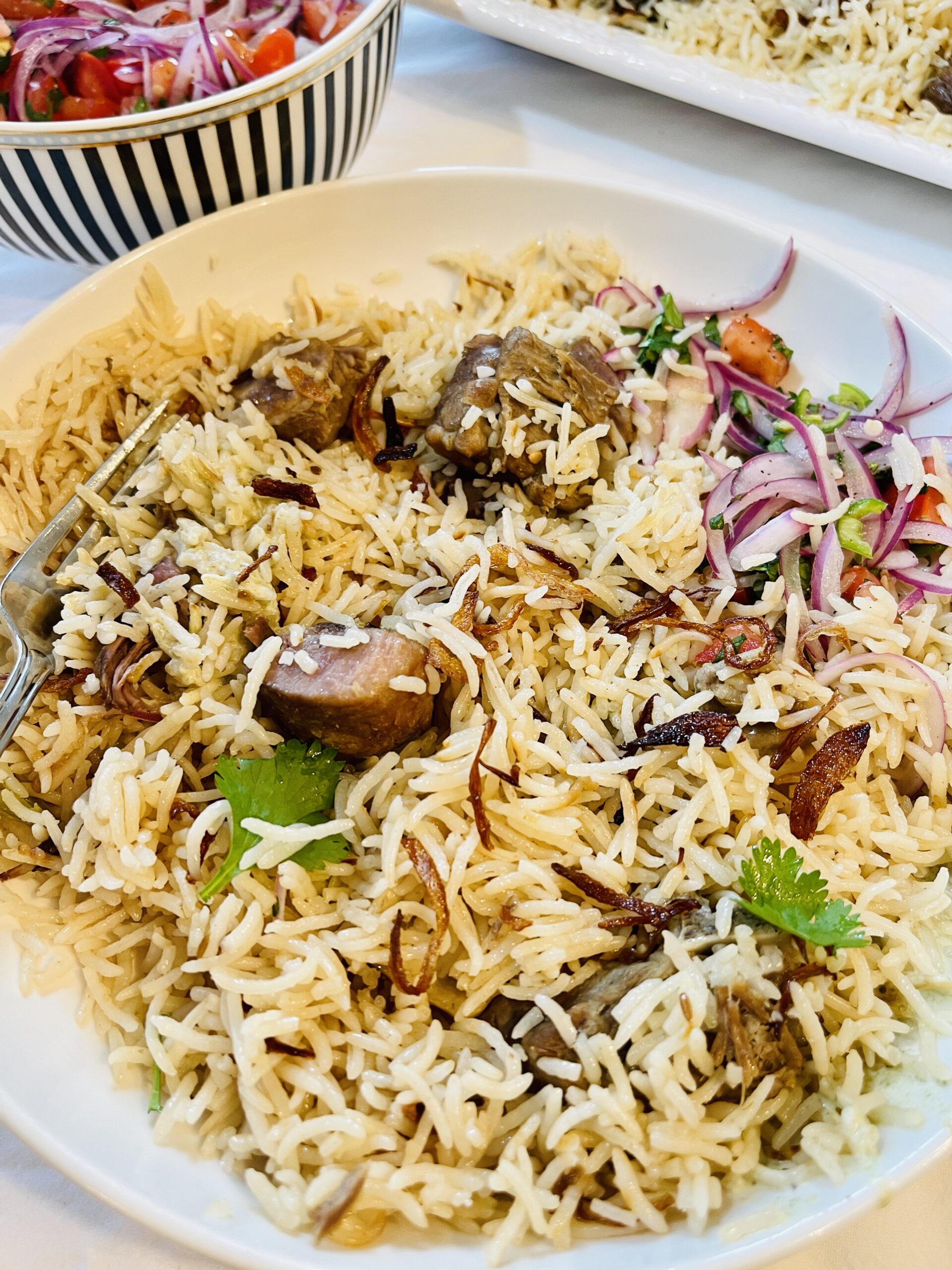
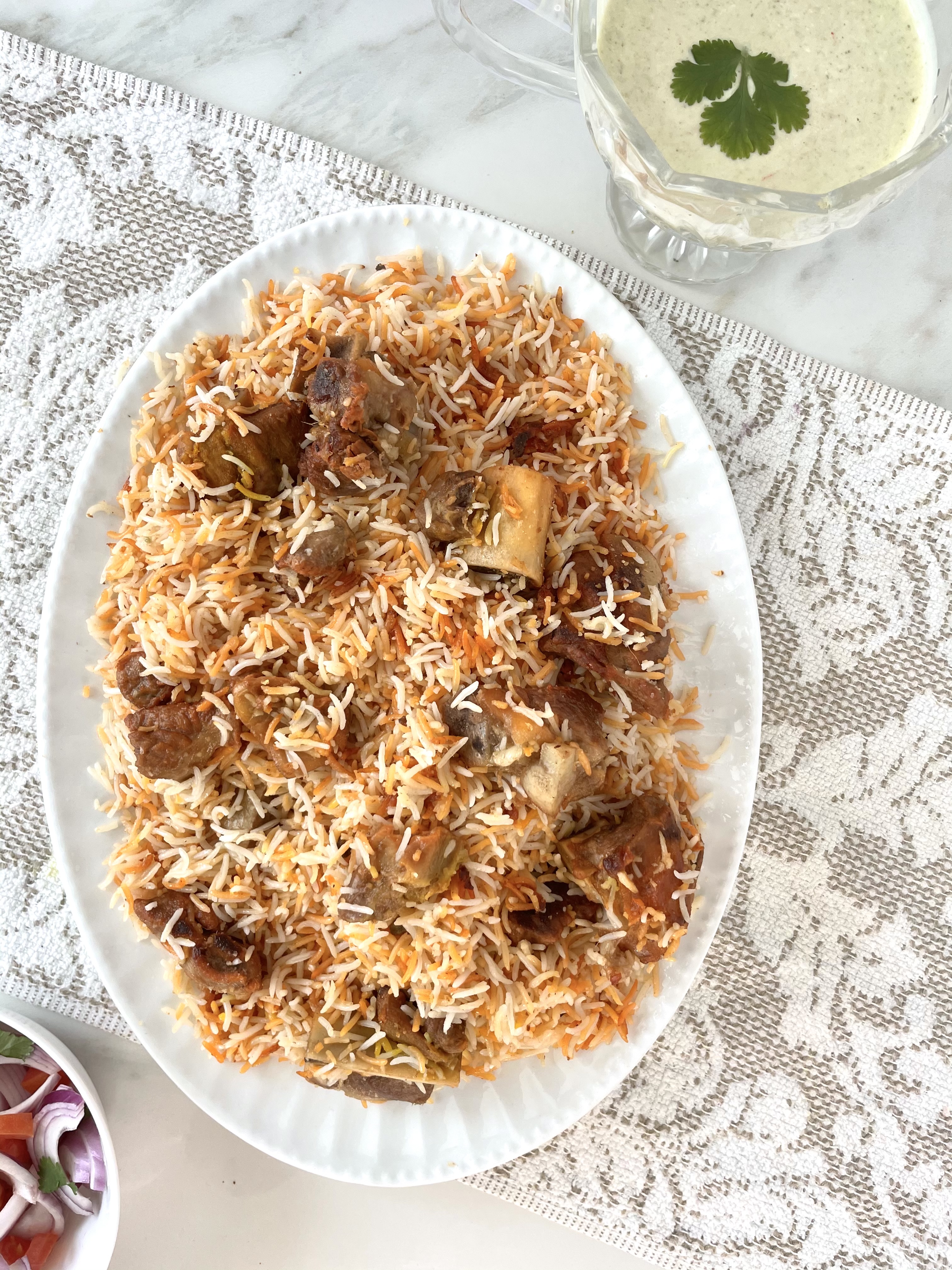

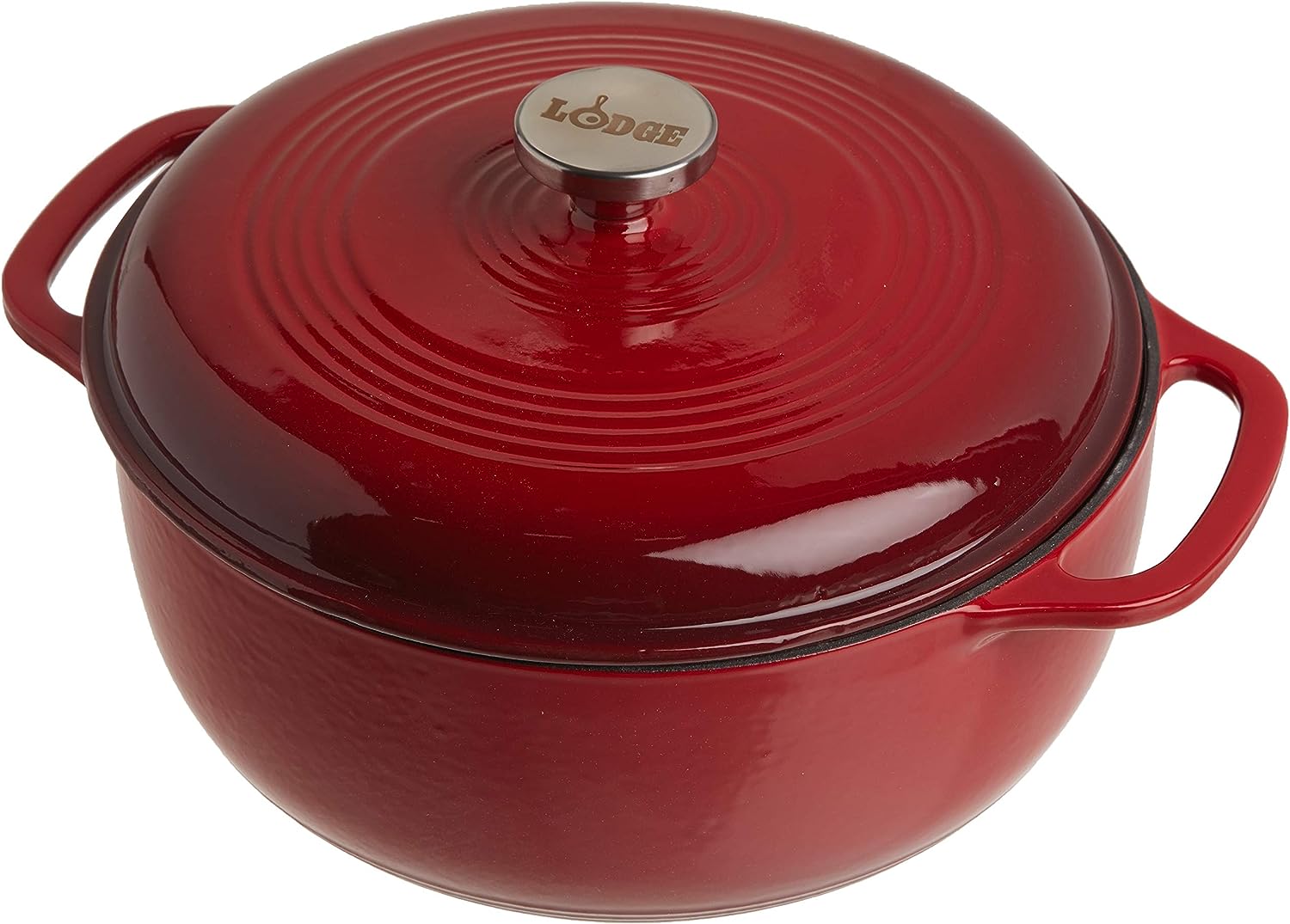
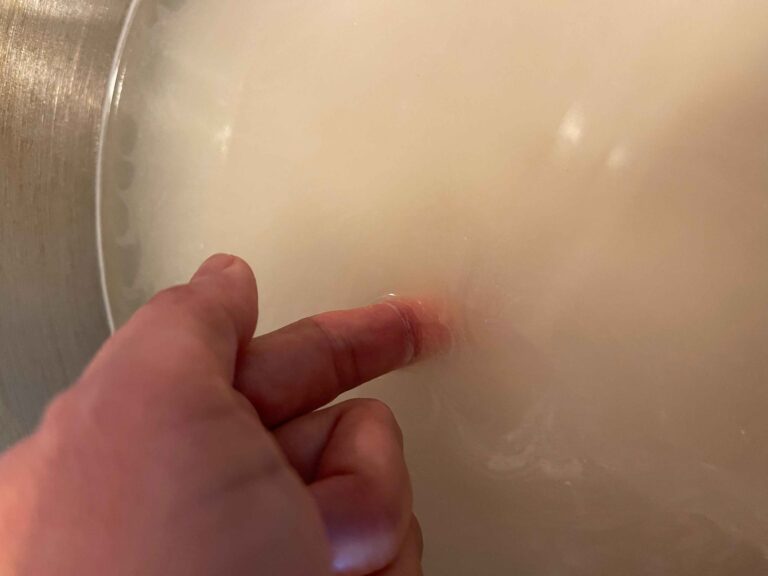
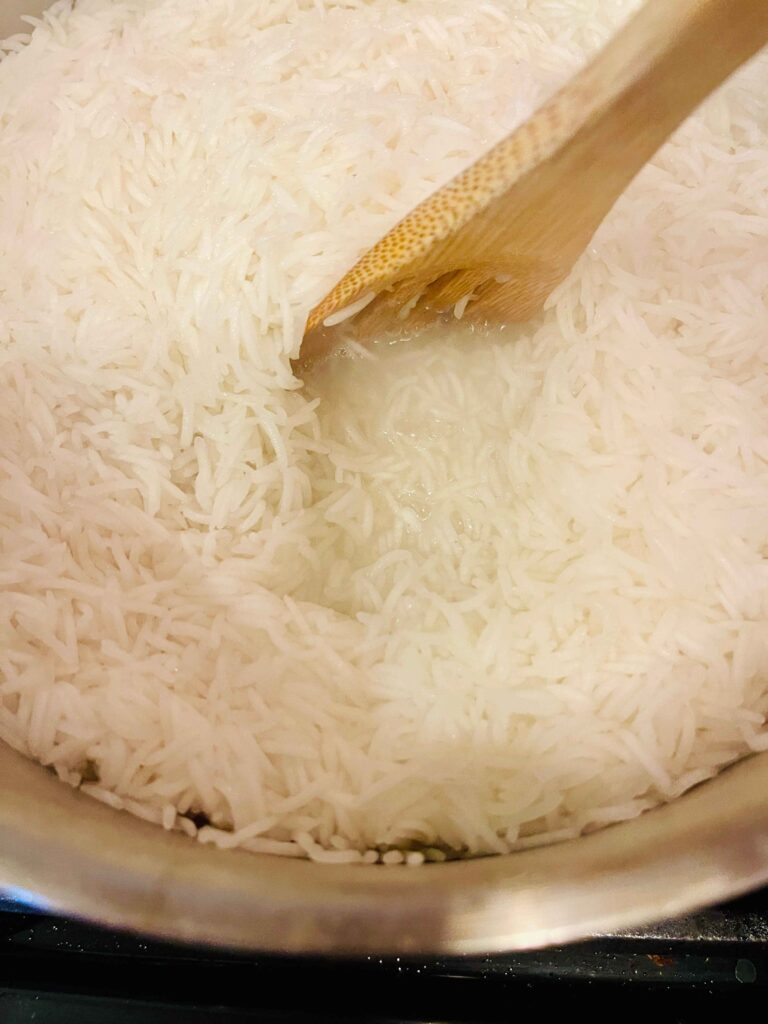


[…] best way to serve it is with white rice or roti. Can be served as a main dish and in parties it goes well with all types of […]
[…] countless ways to make it, and you cannot go wrong by adding your twist. You can eat it with plain white rice or […]
[…] can also enjoy karela with dal and rice as a side to complete the […]
[…] prepare and offers a comforting experience that you’re sure to love. It pairs perfectly with boiled basmati rice or […]
[…] this recipe has gravy it can easily pair with white basmati rice, roti, or naan.Here Are a Few Other Beef Recipes I recommend you Must […]
[…] like Rotti, Chppati, Phulka, or Naan. Additionally, it pairs well with matar pulao, zeera rice, and plain basmati rice. […]